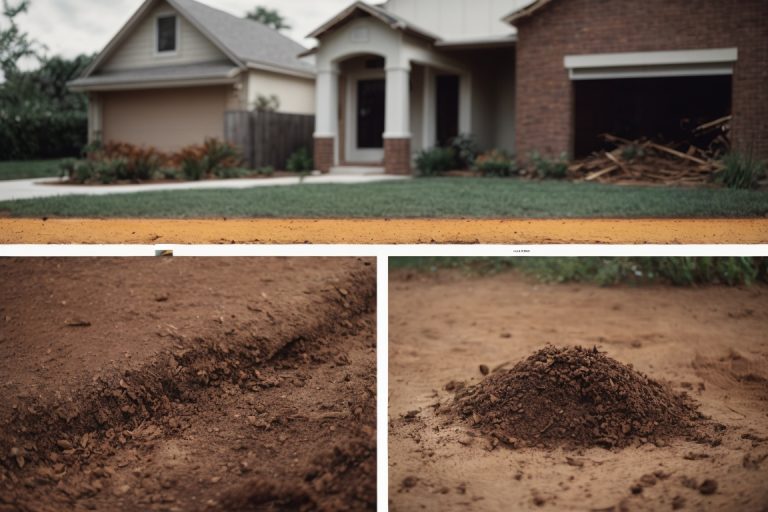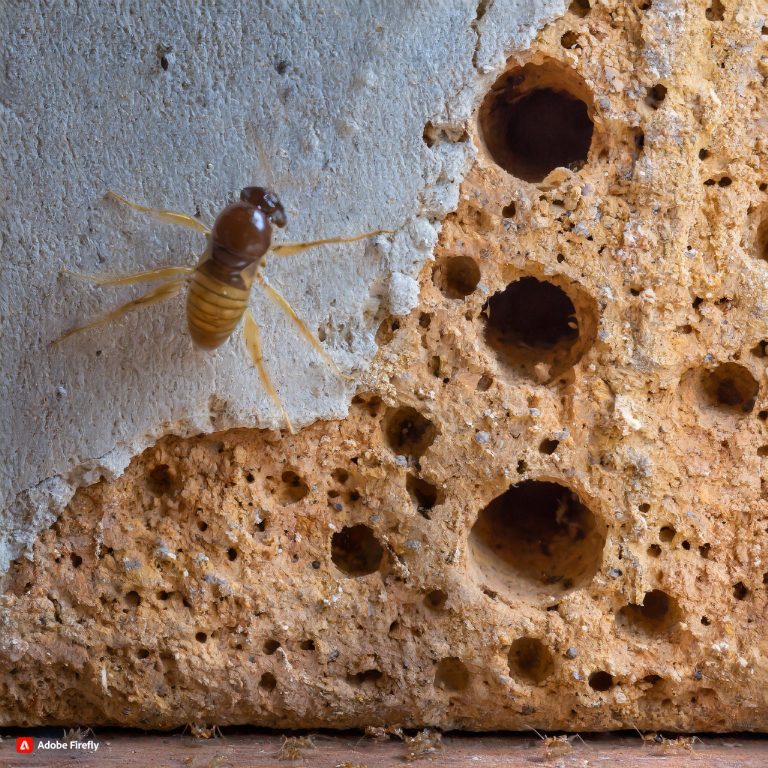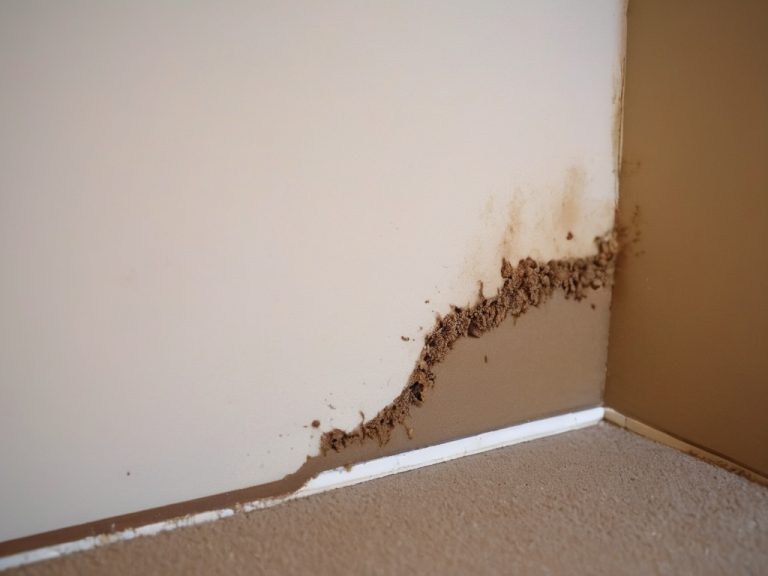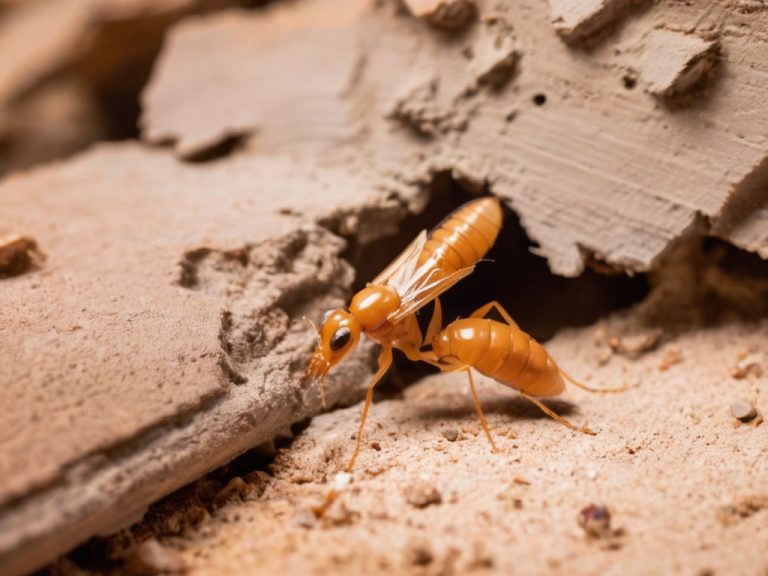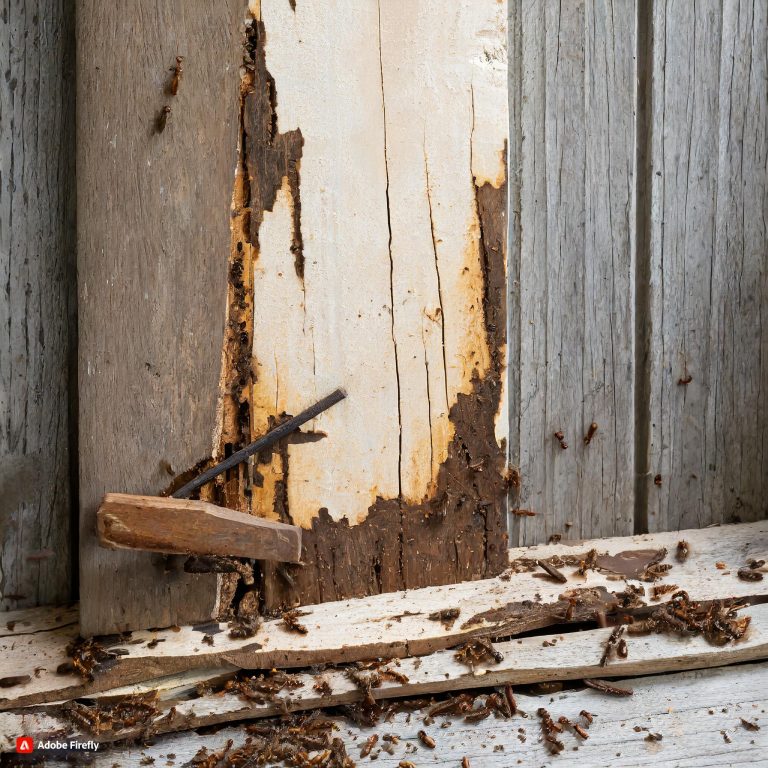Do Termites Eat Sheetrock?
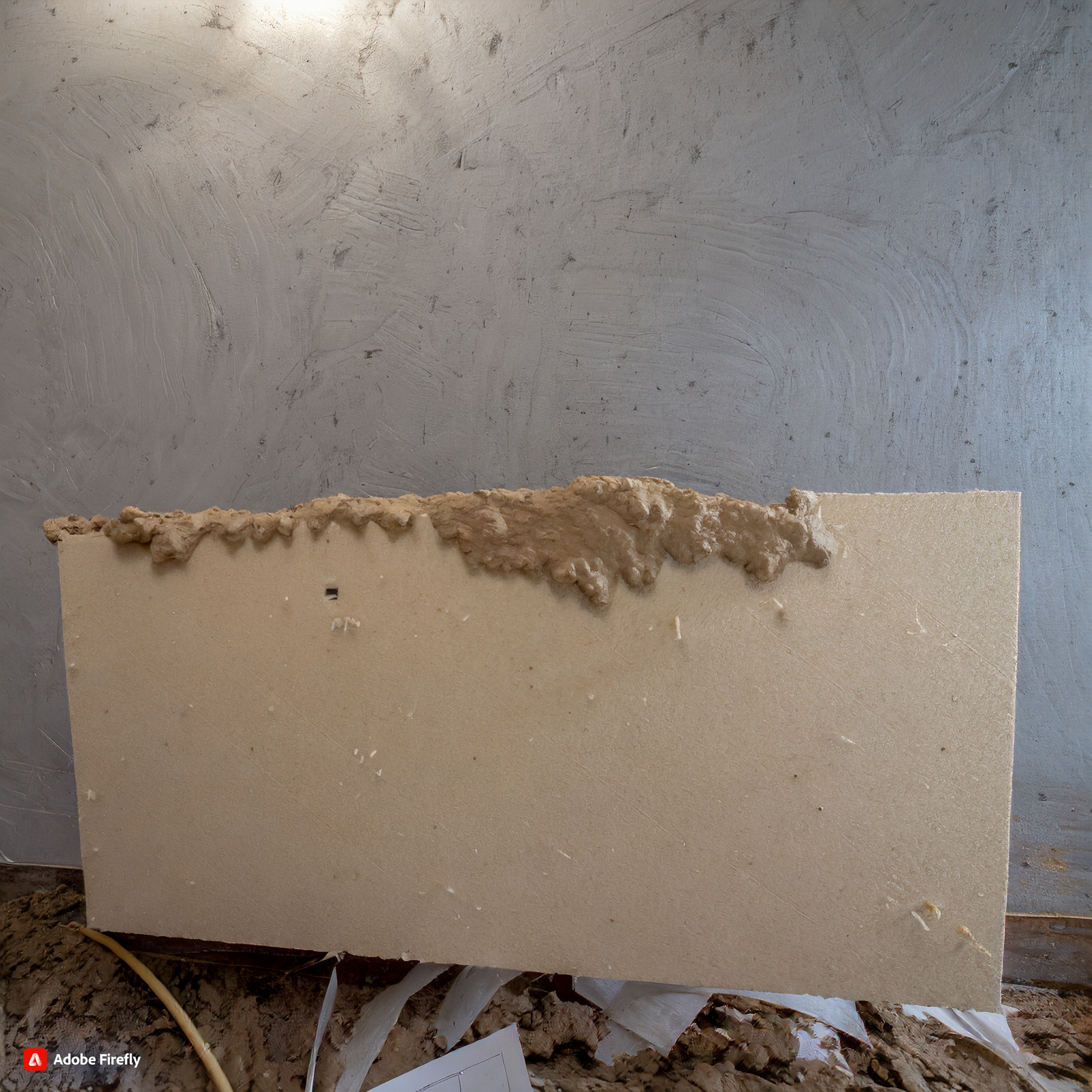
Termites consume cellulose materials like the paper coating on drywall and can cause major damage if left unchecked. But do termites actually eat sheetrock and how can you tell if they are damaging this common building material in homes?
Termites Consume Cellulose Materials Like Drywall Paper Coating
Termites feed on cellulose, which is abundant in wood and also present in the paper facings on sheetrock and other forms of drywall. The three main kinds of termites that can invade homes are:
- Subterranean termites
- Drywood termites
- Dampwood termites
While subterranean termites prefer moist wood, drywood and dampwood termites can establish colonies in drywall and use it as a food source. They extract nutrients from the paper coating and the gypsum within.
So while termites don’t consume the gypsum itself, they do eat cellulose materials like the outer paper layer on drywall. Their cellulose-digesting guts and mouths allow them to eat through this paper barrier and enter the inner gypsum as they build tunnels.
Over time, this can cause [damage](termites cause) to sheetrock in the form of holes, [hollow pockets](drywall termite), and compromised structural integrity.
Signs of Termites Eating and Damaging Sheetrock
Termites are extremely adept at remaining hidden as they slowly infiltrate and eat through drywall from inside your home’s walls or ceiling. But there are a few common signs indicating their presence:
Mud Tubes on Walls and Ceilings
Look for narrow mud tubes ranging from 1 mm to 6 mm wide snaking across your walls, floor joists, or ceiling beams. These [mud tubes](mud tubes) serve as protective tunnels that termites build from their colony to food sources using chewed wood, soil, and saliva. They allow termites to avoid light and open air, which they cannot tolerate.
Hollow Sounding Areas of Drywall
Knocking on your walls or ceiling can reveal hollow pockets where termites have eaten away material behind the outer façade. Drywall that termites have damaged will sound dull compared to solid areas.
Bubbling or Peeling Paint and Paper
As termites eat through the paper drywall layer, underlying gypsum is exposed to moisture. This can cause the paper coating to bubble or peel away from the wall, along with any paint on top.
Crumbling or Sagging Drywall
Advanced decay behind walls and ceilings from termite damage can eventually lead to crumbling sheetrock, cracks, and sagging if critical structural integrity becomes compromised. Wooden wall studs may [also show damage](termite damage).
Preventing Termite Infestations in Sheetrock
While termites pose a serious threat to homes, there are key steps homeowners can take to reduce the risks of infestation and [catch termite activity early](signs of termite damage):
Getting a Termite Inspection
Schedule a termite inspection with a reputable pest control company at least once per year. Trained termite inspectors will check all risk areas inside and outside your home for [signs of termite activity](termite inspection), such as [mud tunnels](mud tube), damaged wood, or insect droppings. This allows termite issues to be caught early before extensive destruction occurs.
Using Termite Baits and Control Treatments
If signs of termites are discovered, non-toxic termite bait systems can be installed around the interior and exterior foundation. Termite baits contain cellulose material the insects eat, combined with a slow-acting Termicide. Workers carry bait back to share with their colony, resulting in elimination of the entire nest in 90 days or less.
Additionally, drill-and-inject termite treatments can be applied within infested drywall to incapacitate termites on contact.
Signs to Call a Termite Professional
Do not delay seeking [professional termite control assistance](contact a pest control) if you discover:
- Mud tubes on walls, beams or the foundation
- Bubbling paint or wallpaper
- Sagging ceilings or floors
- Hollow-sounding drywall
- Cracked or crumbling sheetrock
At the first sign of termites, call an experienced pest control company to avoid extensive structural damage. Controlling infestations in walls requires expert training and equipment.
Differences Between Termite Damage in Sheetrock vs. Wood
There are some key differences between the initial signs of termite damage in sheetrock compared to wooden structures:
Termites Damage Both Wood and Drywall Structures
All species of termites can severely compromise the structural integrity of homes by attacking both wooden support beams, frames and drywall. They carry high risk of costly damages.
Look for Small Holes and Tunnels in Wood
Early tip-offs to termite destruction in wood include little holes the width of a pin prick in exposed areas and pencil-sized tunnels burrowed within. Wood may be packed with moist soil as they hollow it out.
Sheetrock Damage is More Hidden at First
Since termites consume drywall [from the inside out](remain hidden), damage goes undetected for longer before exterior signs like cracks or mud tubes emerge. But tapping and listening for hollow areas can reveal their hidden trails.
Their out-of-sight feeding leads to major sheetrock damages like bubbles under paint or wallpaper, crumbling material, or whole sections that suddenly collapse as the infestation spreads. Small holes or tunnels may never be visible.
Key Takeaways: Can Termites Eat Through Sheetrock?
Termites pose a real risk to homes by invading drywall and destroying it from the inside. Here is what to remember:
- Termites feed on the cellulose paper-coatings on gypsum drywall and progressively weaken walls and ceilings as they tunnel internally.
- Watch for warning signs like mud tubes, hollow-sounding rapping, peeling paint or wallpaper, cracks in structure, and sagging.
- Schedule annual termite inspections and act promptly at the first sign of termites. Treatment options include termite baits, chemical applications and drywood fumigation performed by professionals.
- While wood damage shows small external holes and tunnels, termites eat drywall undetected at first before major destruction occurs. But tapping to check for hollow areas under the surface can find them early.
- Left untreated, termite infestations in drywall or wood framing can compromise structural integrity and cause collapse. Get professional help right away before major damage sets in.
As highly destructive insects that invade homes virtually unseen behind walls, termites pose serious risks. Taking preventative measures and looking for subtle early signs of sheetrock or wood damage makes it possible to catch termites early and avoid catastrophic destruction and expensive repairs from uncontrolled colonies. Consult trained pest control experts at any sign these culprits may have invaded your home’s walls or framing. Acting quickly is key before major damage sets in.

